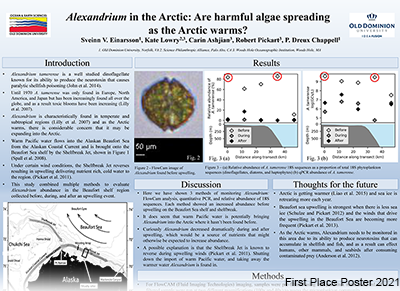College
College of Sciences
Department
Computer Science
Program
PhD in Computer Science
Publication Date
4-2021
DOI
10.25883/3f2t-mh76
Abstract
Although atomic structures have been determined directly from cryo-EM density maps with high resolutions, current structure determination methods for medium resolution (5 to 10 Å) cryo-EM maps are limited by the availability of structure templates. Secondary structure traces are lines detected from a cryo-EM density map for α-helices and β-strands of a protein. A topology of secondary structures defines the mapping between a set of sequence segments in 1D and a set of traces of secondary structures in 3D. In order to enhance the accuracy in ranking secondary structure topologies, we propose a method that combines three sources of information – a set of sequence segments in 1D, a set of amino acid contact pairs in 2D, and a set of traces in 3D at the secondary structure level. A test of seven cases show that a small set of secondary structure topologies can be produced to include the true topology when the three sources of information are used, even when errors exist in one or more of the three sources of information. The use of amino acid contact information improves the ranking of the true topology in six of the seven cases in the test.
Disciplines
Amino Acids, Peptides, and Proteins | Computer Sciences
Files
Download Full Text (533 KB)
Recommended Citation
Alshammari, Maytha and He, Jing, "Combine Cryo-EM Density Map and Residue Contact for Protein Structure Prediction: A Case Study" (2021). College of Sciences Posters. 5.
https://digitalcommons.odu.edu/gradposters2021_sciences/5



